Why Veteran Dealers Antoine and Anne-Marie Helwaser Are Opening a New Gallery After Over a Decade in New York
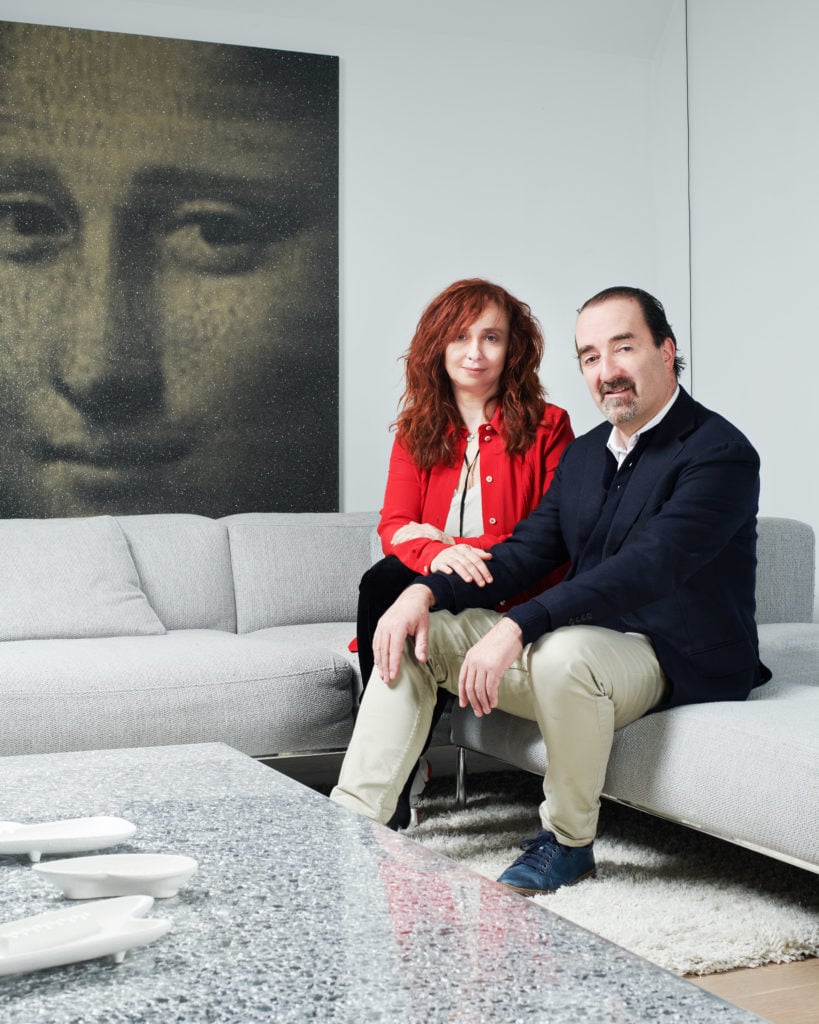

Katie White

There is a new gallery in the Upper East Side, but it’s not a new name.
In what marks their eleventh year in New York, veteran private dealers Antoine and Anne-Marie Helwaser have opened Helwaser Gallery on Madison Avenue. The husband-and-wife duo first made their name showing European and American modern masters at the gallery they opened in Paris in 1986, and have been fixtures in the secondary market ever since. They moved to New York in 2008.
The opening of the new space goes hand-in-hand with another development for the pair: Helwaser Gallery is now shifting gears to add a focus on developing the careers of contemporary artists. Among these is Anton Ginzburg, whose latest work is the subject of the space’s inaugural exhibition, and centers on his “VIEWs” series of geometric wood-panel paintings that playfully reinterpret Suprematist aesthetics.
Recently, the Helwasers sat down to talk with us about their decision to reopen a brick-and-mortar gallery, the move into contemporary art, and more than a decade in New York.
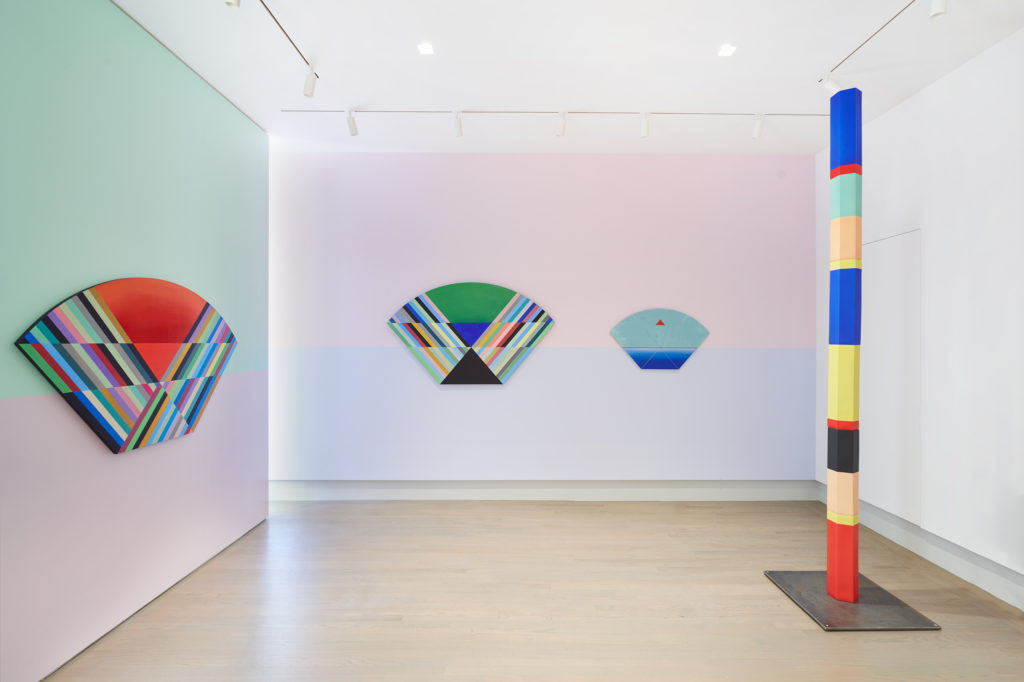
Installation view “Anton Ginzburg: VIEWs,” 2019. Courtesy Helwaser Gallery.
You’ve been successful secondary market dealers for decades. How did you decide to shift to contemporary artists and decide to reopen a gallery space?
Antoine Helwaser: To be honest, these are not ideas we had been thinking over for a long time. It was more serendipitous and a reflection of how an encounter with an artist, or a trip to the Venice Biennale, happened to send us down a path. After working in the secondary market for 30 years, launching a full exhibition program struck us as the next step. Then, practically speaking, we needed a space suitable for public exhibitions and programs with enough flexibility to show artworks in all media and across multiple themes.
Tell me a bit about your story. How did you two first meet and was art always a shared passion?
Antoine: We met in Paris. We were in same circle of friends. Anne-Marie was working as a parliamentary attaché at the time and invited me to the private opening of the exhibition “Impressionism: The Origins, 1859–1869” at the Musée d’Orsay. I gave her the exhibition catalogue as a gift and inscribed it with my hope that we would have many more art conversations. A few months later, we were married. But we did not begin working together until after moving to New York.
Antoine, you started your gallery in Paris. What brought you to New York?
Antoine: My changing interests and sense of the market. In Paris, I had a strong European collector base developed over many years, based in Impressionist and Post-Impressionist art. In the 1990s, I moved away from these periods and began exploring American trends more, showing and acquiring works by Alexander Calder, Alex Katz, and Andy Warhol. In 2000, after a trip to China where I discovered the amazing works of artists such as Liu Bolin and Chen Ke, we held a Chinese contemporary art exhibition and sold out our booth at the [next] art fair. But Paris felt too limited. Eventually New York prevailed as the choice for our next move.
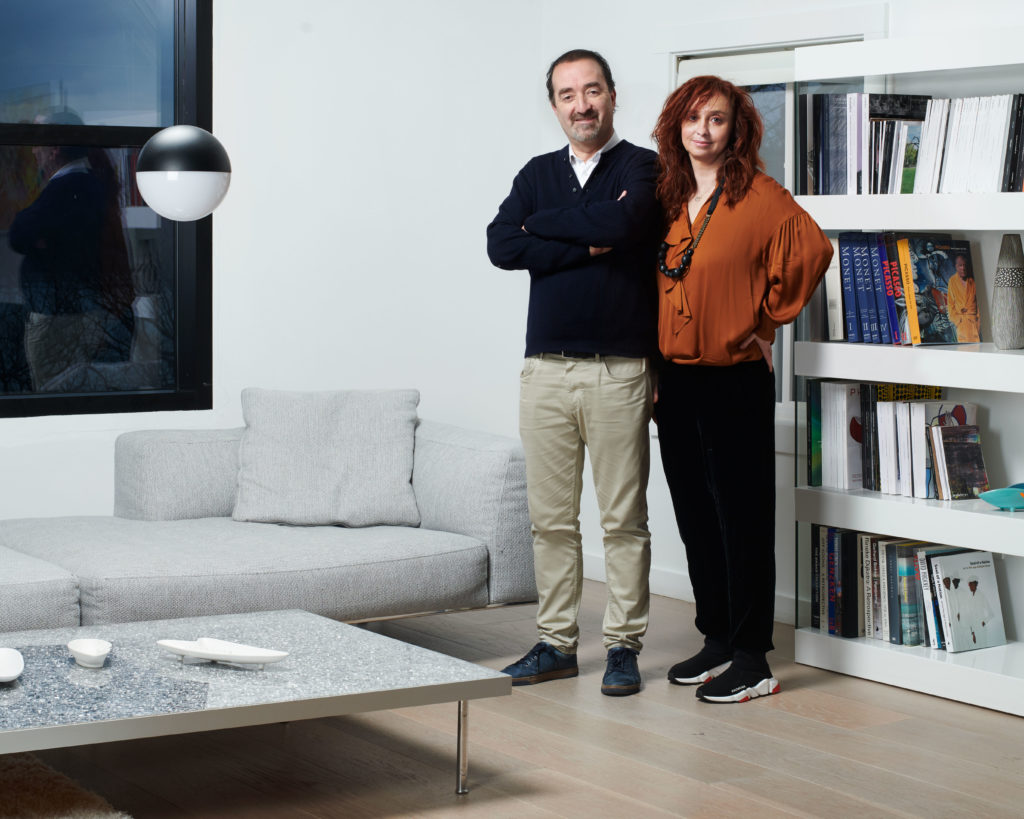
Antoine and Anne-Marie Helwaser recently moved their gallery to the Upper East Side.
Since you only began working together in New York, how did dealing emerge as an interest for each of you?
Antoine: My father was an art dealer, so I grew up with art around me, and learned about the art industry as a young child. As a college student, I pursued a degree in art history and philosophy at La Sorbonne. As one would expect, with the prior experience of the art market accumulated through my time at my father’s gallery, I opened my own in 1986.
Anne-Marie Helwaser: Unlike Antoine, my parents, first-generation immigrants, did not instill me with the love for arts, but with a pragmatic understanding of the realities of the world. With Antoine, it all changed. Museums and exhibitions belonged to our everyday life and auction catalogues filled our magazine racks. My interest in the art market became stronger after we moved to New York City. I felt connected to New York’s art scene and its artists. I loved visiting Dia:Beacon, standing inside Richard Serra’s steel sculptures or walking along Dan Flavin’s light sculptures. I decided it was time for me to forge my vision of the arts and I signed up for classes at the New School. One class followed another: art criticism, marketing. I envisioned our profession differently and my involvement in the gallery grew.
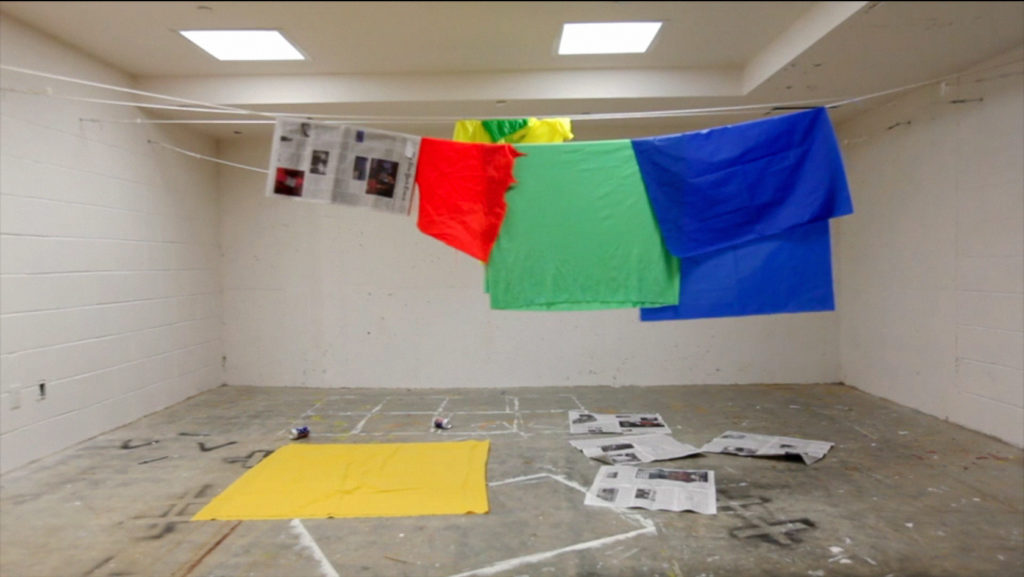
Anton Ginzburg, Films stills from Color and Line (2013).
You made your name orchestrating exhibitions of artists including Jean Dubuffet, Georges Braque, Jean Metzinger, and Pablo Picasso. Now you’re showing many more contemporary artists. Why the change and will the more historical blue-chip artists still play a role in your exhibitions?
Anne-Marie: Yes, the blue-chip artists are still a priority for the gallery, and we will be holding exhibitions of these artists at our space as well. These artists are the foundation of any art history education. They were for me. But as time passes and society progresses, we cannot ignore what is happening around us in the vibrant contemporary art scene today. In a sense, we hope to bring forth a dialogue between the established masters of the past and the artists of the present.
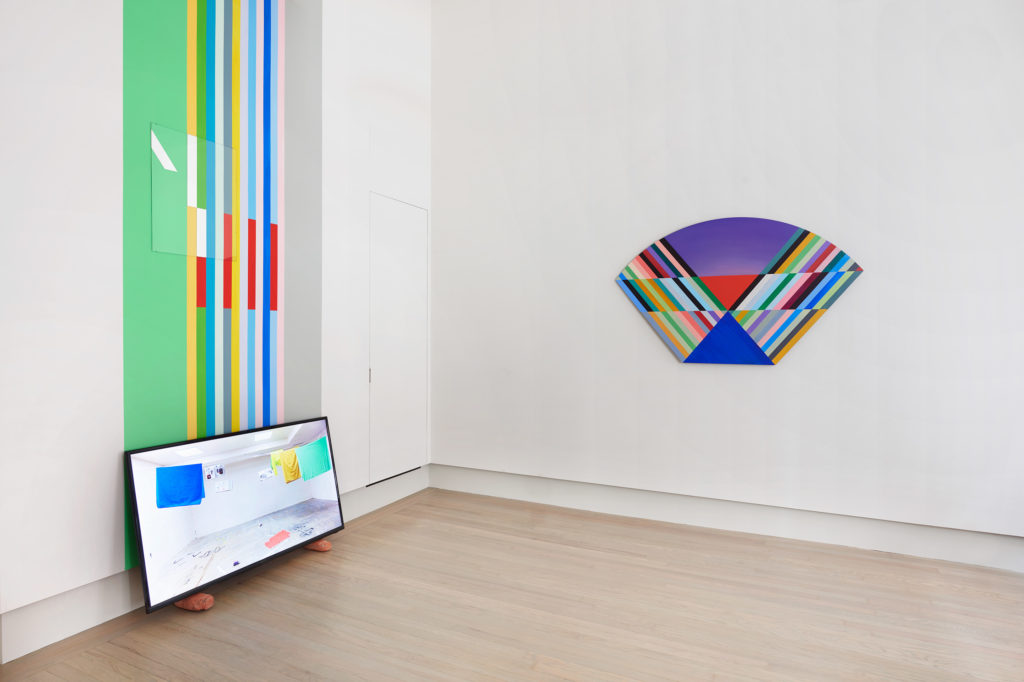
Installation view Anton Ginzburg: VIEWs, 2019. Courtesy Helwaser Gallery.
How did your inaugural exhibition set the stage for what you have to come for the rest of 2019?
Anne-Marie: Opening with a solo exhibition by Anton Ginzburg was a logical choice that speaks to our ideals as well. He is a Russian-born artist who moved to New York more than 20 years ago. He draws from this hybrid identity in his work and references the formalist methodology of the European avant-garde with a very contemporary perspective. At the same time, I love art that makes me think. Anton’s work intrigues me, it invites us to venture beyond the surface and investigate the making of the painting. His immersive, nuanced color relationships and his multimedia practice contain a real human depth.
What lessons have you learned and how have you adapted to the changing art world over the past 20 years?
Anne-Marie: The last five years have dramatically changed our profession and given us great lessons. The post-internet generation brings a unique opportunity to promote both greater transparency and democratize the art world. Artists create and participate more not only on social media, but in galleries and fairs as well. A younger generation of collectors is receiving art education and making emotional connections with artists. This happens through the internet but I believe galleries must also play a role here, attracting the interest of more people who aren’t those we expect to see in art spaces, and gaining their trust. It’s all very stimulating.
Looking ahead, what are you most excited for and most nervous about?
Anne-Marie: Of course, discovering young, talented artists and developing close relationships with them. A gallery director should encourage artists to express themselves in the most compelling way possible and work alongside the artist to make their visions possible. My biggest fear will certainly be to see my artists join another prestigious mega-gallery. But wouldn’t this also be a measure of success?
Anton Ginzburg: VIEWs is on view at Helwaser Gallery through May 23, 2019.